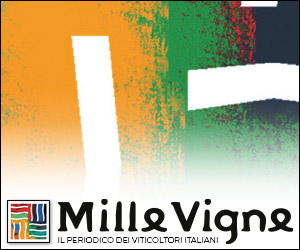October 24, 2025
Behind Versilia, the Garfagnana mountains have never been heavily involved in viticulture, preferring the cultivation of chestnut trees and other agricultural specialties more resistant to extreme climates. Nonetheless, local farmers traditionally cultivated their own vineyards using vines imported from neighboring regions—Emilia is just a stone’s throw away—or from France, with vine cuttings “brought home” by seasonal growers or wet nurses who moved across the Alps. This small heritage, not yet completely lost, was the basis of the “Maestà della Formica” project, where “Maestà” is the local name for votive shrines placed to protect travelers and “Formica” is the name of the pass that leads from the Apuan Alps to the Tyrrhenian coast.
The project was spearheaded by three friends—Andrea Elmi, Marco Raffaelli, and Gian Luca Guidi—who, during a Vinitaly event, decided to invest in a challenging terroir, in vineyards now almost completely absorbed by the forest, in biodynamic farming, and in the production of a high-altitude Riesling in a new vineyard located 1,500 meters above sea level. The idea was put into practice in 2013, and production is now fully operational. In addition to Riesling, Maestà della Formica produces two reds—GaMo and Drankante—and another white—Vignesperse—a blend of Trebbiano and Malvasia.

Maestà della Formica
With the exception of the Riesling, all the vines are between 50 and 90 years old, and grow at an altitude of 450 and 700 meters above sea level, characterized by a harsh climate and soil rich in calcium carbonate. We tasted Drankante, a blend of Sangiovese, Moscato d’Amburgo, Ciliegiolo, Bonarda, Merlot, and other white varieties such as Trebbiano and Malvasia. This is a unique characteristic: here, the vineyards have been passed down from generation to generation, mostly for personal consumption, without regard to regulations, adding and subtracting according to need and personal taste.
Drankante is a sparkling red, produced without added sulfites, in stainless steel, spontaneously fermented without filtration or stabilization. The second fermentation in the bottle is activated with the wine’s own must. It is not a conventional wine and shows off its full personality.



